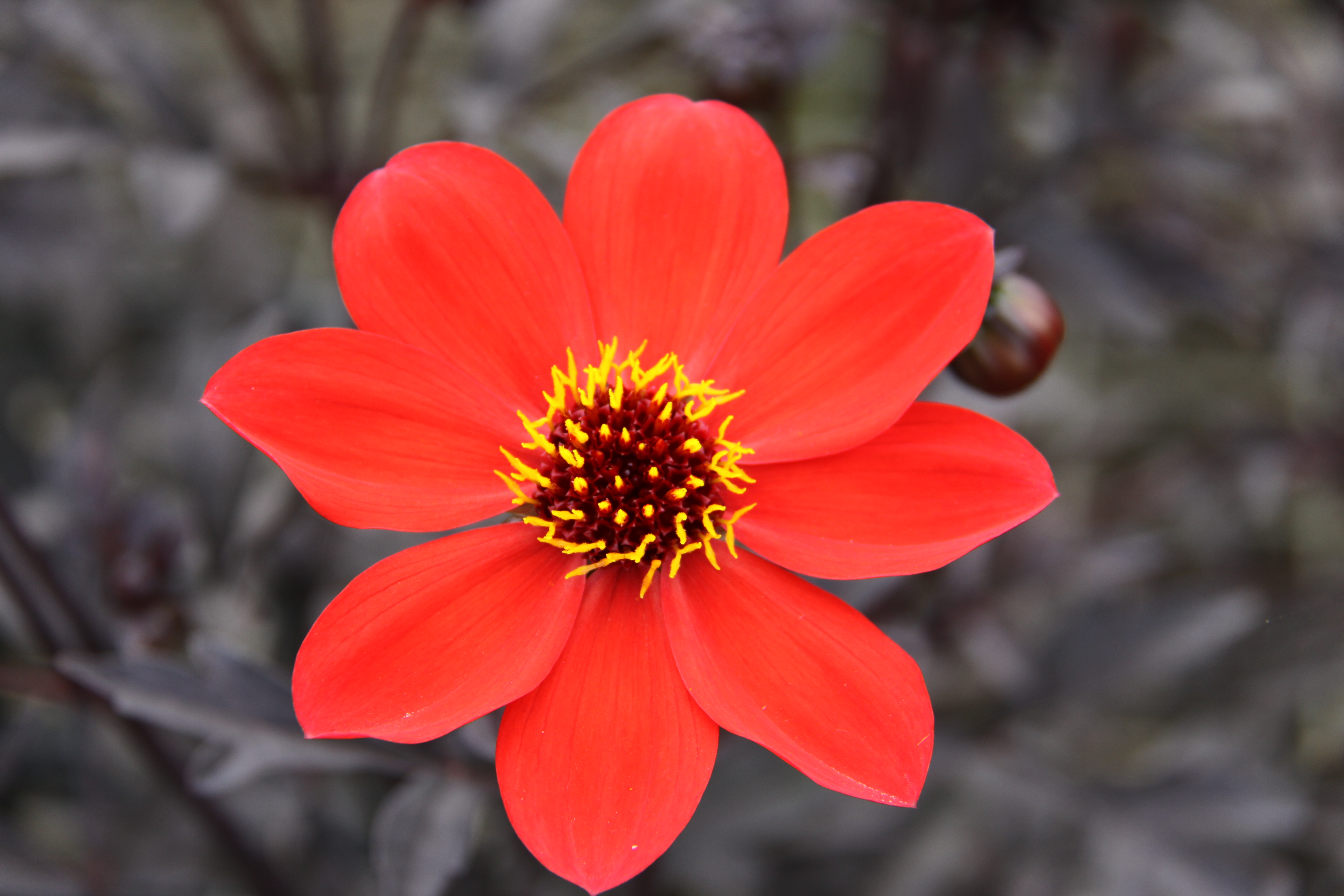.jpg)
During the spring and summer months, the signature hum of a bee gliding from plant to plant, pollinating as it goes, is a familiar (and welcome) sound. But as many bee species decline in numbers due to issues such as habitat loss, you may notice their presence less regularly. Bees are essential to our ecosystem for a variety of reasons, so it’s vital that we do all we can to protect and support them — and one way to do that is by planting bee-friendly flowers in your garden. In this post, we’ll explore 6 flowers that are perfect for attracting and supporting bees.
But first, let’s consider why bees are so important.
Why are bees important?
Bees are the world’s foremost pollinators, and many of the worldwide crops we grow (and subsequently the foods we eat) depend on animal pollination; in fact, one out of every three mouthfuls of our food is reliant on pollinators such as bees. They also produce other essential products such as honey and beeswax. In short, bees play a crucial role in the biodiversity of our planet and our ongoing food security.
The sad news is that many bee species are now endangered (owing to factors such as climate change and habitat loss), but fortunately there are many ways to support these essential pollinators by making a few simple adjustments to your garden; from planting the right flowers to introducing a ‘bee hotel’ — these garden-friendly bee homes (available from the RSPB) can offer shelter and protection for solitary bees.
6 garden flowers to attract and support bees
For now, though, let’s focus on some of the most bee-compatible flowers to plant in your garden to help our winged friends flourish.
1. Dahlia
Bees often favor single flowers — a double flower typically has too many petals to allow a bee to access the central part where all the precious pollen and nectar is hiding, while a single flower can offer them unfettered access to the good stuff. Single flowers like Roses, Periwinkles and Dahlias are all great options for a bee-friendly backyard. The Dahlia 'Mystic Enchantment' has large, bright, single flowers in striking red, and is ideal for attracting bees as well as butterflies.
2. Buddleja
What’s a bee’s favorite color? No, this isn’t the setup for a joke: studies have claimed that bees see purple more clearly than any other color (they also like similar shades such as blues, lilacs and violets), so it’s a great idea to fill your garden with purple flowers like Lavender and Catmint. Buddleja is also a great option for attracting bees — the non-invasive Blue Heaven boasts abundant, lavender-colored flowers and an exceptionally long flowering period (they bloom for early summer all the way through to winter).
3. Penstemon
Tubular flowers are perfect for long-tongued insects such as the garden bumblebee, providing an important food source for these regular visitors. Plants such as Foxgloves, Honeysuckles and Snapdragons possess the tube-shaped flowers these particular bees like, as do Penstemons. The Purple Perfection (created by the esteemed Peter Moore) is great for mass planting, with a strong, bushy habit. The flowers bloom abundantly between early summer and autumn.
4. Cosmos
Large, wide-open flowers are particular favorites of bees and other flying insects such as butterflies, providing them with easy access to nectar and pollen. The flowers of the Cosmos Eclipse (aside from boasting a gorgeous deep red hue and a sweet, chocolatey scent) are larger than those of many other varieties, with broad petals and a diameter of 5cm. Perfect for beds and borders, Cosmos enjoy strong growth and typically flower between July and October.
5. Geum
Geums make bee-friendly additions to gardens mainly due to their large, open blooms, making them convenient and easy stop-offs for bees and other garden pollinators. They come in a range of vibrant colors (check out the stunningly unique Orange Pumpkin with its ruffled flowers) to brighten up borders, and they’re surprisingly rugged. Geums will typically flower consistently from spring to early autumn.
6. Clematis
While bees are at their most active between March and September, it’s not unheard of for them to emerge from hibernation during the autumn and winter months — particularly when temperatures are unseasonably mild. With this in mind, visiting bees who are active at this time will appreciate pollen-rich, winter-hardy flowers such as Honeysuckle and Clematis — the purplish-blue Clematis ‘New Love’ flowers abundantly and is a favorite of bees and butterflies.
If you want your garden to become a haven for bees, try out some of these flower varieties and you’ll almost certainly see an increase in the visiting bee population.

